HEARST BOOKS and POPULAR MECHANICS are registered trademarks and the distinctive Hearst Books logo is a trademark of Hearst Communications, Inc.
2018 Hearst Communications, Inc.
All rights reserved. No part of this publication may be reproduced, stored in a retrieval system, or transmitted in any form or by any means (including electronic, mechanical, photocopying, recording, or otherwise) without prior written permission from the publisher.
Hearst Communications, Inc. has made every effort to ensure that all information in this publication is accurate. However, due to differing conditions, tools, and individual skills, Hearst Communications, Inc. cannot be responsible for any injuries, losses, and/or damages that may result from the use of any information in this publication.
For information about custom editions, special sales, and premium and corporate purchases, please contact Sterling Special Sales at 800-805-5489 or .
LETTER FROM THE EDITORS
We all want to be capable. We want to be the person who doesnt have to call a handyman every time theres a rip in the screen door or the shower drain makes a funny sound. We want to be a resource for friends and family, offering tools, advice, and the occasional helping hand. Basically, we want to be Popular Mechanics Senior Home Editor Roy Berendsohn.
There are a few ways to get there. In Roys case, you work in cabinetry and construction, then learn on the job as a staff member at Popular Mechanics for nearly three decades. That takes a while, as does the option of apprenticing under a plumber, carpenter, and electrician. Or you can take full advantage of the book in your hands. Drawing on Popular Mechanics115-year history of instruction, this book presents solutions to more than 150 common home problems. It is written for everyone, regardless of experience. It should serve as a memory-jog for those who have some training and an easy-to-understand introduction for those who dont.
How you use this book is up to you. You can read it as neededkeeping it on the shelf for emergencies and hitting the index when you need help with a specific problem. Or you can read it all at once, preemptively. Or you can do both. Whatever your situation, we expect this guide to become one of the most-read items on your bookshelf.
Even with all the information packed in How To Fix Anything, we know that youll face challenges not covered in these pages. In those moments, however, you will be more prepared. With this book, youll have the knowledge and confidence you need to do one of the most important things in home repair: adapt.
The Editors
Popular Mechanics
BATHROOM
CHAPTER
OLD GROUT
Grout thats crumbling and mildewed is both unattractive and mechanically unsound. A common cause of grout failure is that the installer used too much water in mixing a cement-based material. Also keep in mind that some grouts need to be moist-cured. Its not difficultall you have to do is mist the tile and grout with water from a spray bottle. A sheet of plastic taped in place and draped over the wall holds in the moisture during the curing process. Other grouts need to be coated with a sealer. And while its tempting to use an inexpensive, commodity grout when a heavy-duty version is called for, its false economy. While a 25-pound bag of cement-based grout might cost half as much as a polymer-modified version, complete with antifungus additive, the polymer-modified grout will look better and last longer. The polymer improves the grouts water resistance and makes it more flexible so the grout can withstand temperature fluctuations and wall movement.
Follow these steps to ensure a long-lasting and good-looking grout job
 Buy enough. Use one of the many grout calculators or charts online to estimate how much grout you need. Better to have a little too much than not enough.
Buy enough. Use one of the many grout calculators or charts online to estimate how much grout you need. Better to have a little too much than not enough.
 Clean. Thoroughly remove any mildew and soap scum before cutting grout out of the joints.
Clean. Thoroughly remove any mildew and soap scum before cutting grout out of the joints.
 Remove. Cut out grout to at least half the depth of the tile.
Remove. Cut out grout to at least half the depth of the tile.
 Angle. Apply the new grout at a 45-degree angle to the tile. Work it thoroughly into the spaces between tiles so there are no air bubbles or gaps.
Angle. Apply the new grout at a 45-degree angle to the tile. Work it thoroughly into the spaces between tiles so there are no air bubbles or gaps.
 Wipe. Remove as much excess grout as possible while its wet. Its easier to do at this stage than when its dry.
Wipe. Remove as much excess grout as possible while its wet. Its easier to do at this stage than when its dry.
 Caulk. Apply a high-quality tub-and-tile sealant where the wall meets the tub and in vertical corners where one wall meets another.
Caulk. Apply a high-quality tub-and-tile sealant where the wall meets the tub and in vertical corners where one wall meets another.
LEAKY TUB STOPPER
Most bathtubs are equipped with lever-action stoppers instead of old-fashioned plugs. The problem is, many stoppers dont form a watertight seal. Fortunately, the fix is easy. First, unscrew the round overflow plate from the end of the tub. Gently pull the attached linkage assembly out from behind the tub. The linkage is composed of several metal pieces, including a threaded rod. Turn the rod two or three times to lengthen the entire assembly. Replace the linkage and screw the overflow plate to the tub wall. Raise the control lever on the overflow plate and turn on the water. If the water still drains out, remove the overflow plate and lengthen the linkage a bit more.
RUNNING TOILET
If the toilet runs continuously in a faint trickle, look to the fill valvein this case, its a ball cock, a common valve that uses a float mounted on an arm to shut the valve when the tank water has reached the correct level. Remove the diaphragm screws and look for sand or mineral grit around the diaphragm seat. Remove this sediment with tweezers (). If the rubber diaphragm seal is worn, replace it (). In many cases its wiser to replace the fill valve than to search for old, discontinued parts. Inexpensive plastic models are reliable and easy to install. Shut off the water, drain the tank completely, and loosen the supply risers coupling nut


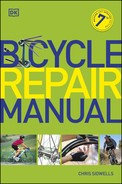
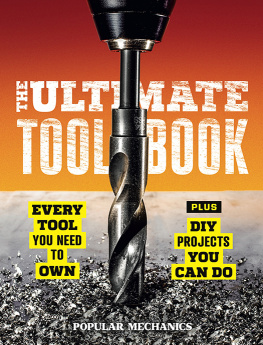



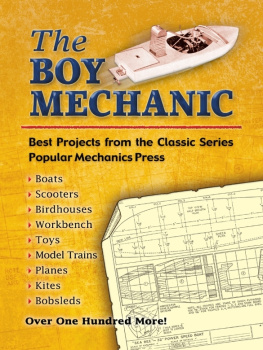
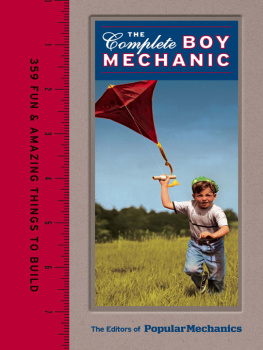
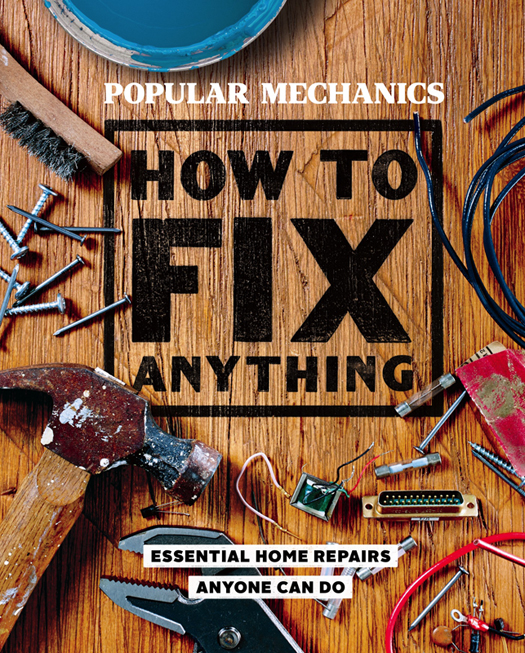




 Buy enough. Use one of the many grout calculators or charts online to estimate how much grout you need. Better to have a little too much than not enough.
Buy enough. Use one of the many grout calculators or charts online to estimate how much grout you need. Better to have a little too much than not enough. Clean. Thoroughly remove any mildew and soap scum before cutting grout out of the joints.
Clean. Thoroughly remove any mildew and soap scum before cutting grout out of the joints. Remove. Cut out grout to at least half the depth of the tile.
Remove. Cut out grout to at least half the depth of the tile. Angle. Apply the new grout at a 45-degree angle to the tile. Work it thoroughly into the spaces between tiles so there are no air bubbles or gaps.
Angle. Apply the new grout at a 45-degree angle to the tile. Work it thoroughly into the spaces between tiles so there are no air bubbles or gaps. Wipe. Remove as much excess grout as possible while its wet. Its easier to do at this stage than when its dry.
Wipe. Remove as much excess grout as possible while its wet. Its easier to do at this stage than when its dry. Caulk. Apply a high-quality tub-and-tile sealant where the wall meets the tub and in vertical corners where one wall meets another.
Caulk. Apply a high-quality tub-and-tile sealant where the wall meets the tub and in vertical corners where one wall meets another.